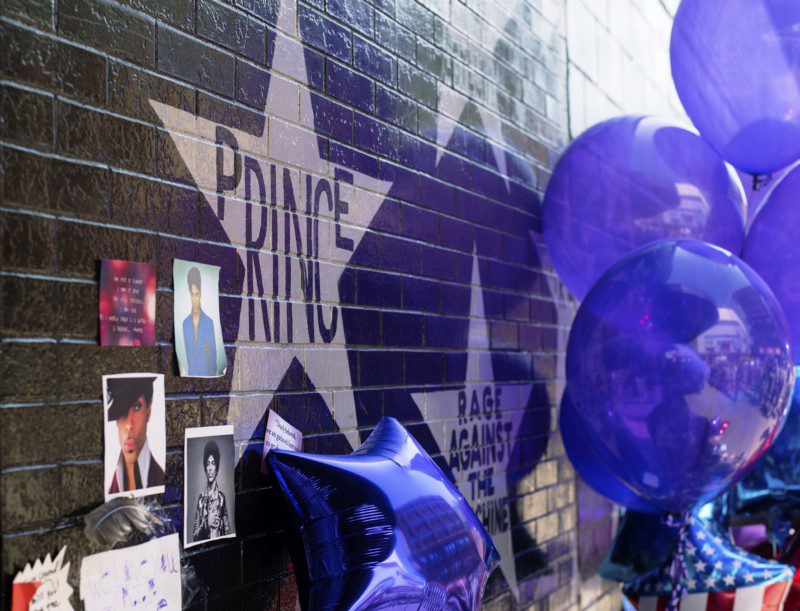
18 May Compare and Contrast: Artists’ Rights and the Two Princes
Sarah Howes knows a thing or two about artists’ rights. As the Director of Legal Affairs at The Copyright Alliance, and a newly minted intellectual property lawyer (who studied under none other than Tad Crawford), she’s been advocating for artists for a while now. So when the musician Prince passed away a couple of months ago, Sarah was inspired to pay homage to him and his support of other artists – and to compare him to his opposite, appropriation artist Richard Prince (RP).
It’s an indication of how controversial Richard Prince’s career has been that he’s been covered so often in the Guild news blog. The first time was when the Guild signed on to an amicus brief in support of the photographer Cariou, whose photographs RP nabbed and plastered with crude drawings. Other articles covered the controversy raised by his “New Portraits” Instagram series – printouts of Instagram posts RP tacked a bit of text onto and sold for tens of thousands. As Howes writes in her article, “his entire career hinges on him redefining ‘the concepts of authorship [and] ownership.’ Which he is of course neither: the author nor the owner of much of his work.”
The contrast to Prince the musician couldn’t be more striking. Howe points out that Prince the musician produced hundreds of works, playing up to 27 instruments on one track alone. It’s hard to find that level of skill, let alone discipline, in the work of Richard Prince: “All we really know of him are his infamous face masks and collaging, which tell us little about his actual skill level.” As Howe describes it, while a few of his creations could be deemed art, in that some expression can be found in overpainting and collage, much of his work shows minimal manipulation of others’ work: “After all, to RP finding the artwork is basically the entire creative process, equating it to ‘sort of like beachcombing.’”
Howe also relates the myriad other ways Prince the musician gave back: by supporting Minneapolis’ creative community, promoting female musicians, and crediting his success to the legacy of previous generations of recording artists. Perhaps Prince’s most important contribution to artists was the example of his fight to own, and protect, his own copyrights. As Howe concludes, “We can only hope there will be more Princes in future generations, not just a bunch of RP appropriators not worthy for the throne.”
Read Sarah Howes’ full article, “Prince Fought for Artists, Richard Prince Steals from Them,” on Medium.
At top of page: Sarah Howes’ photo of a streetside memorial to Prince in Minneapolis. © Sarah Howes, used with permission.
